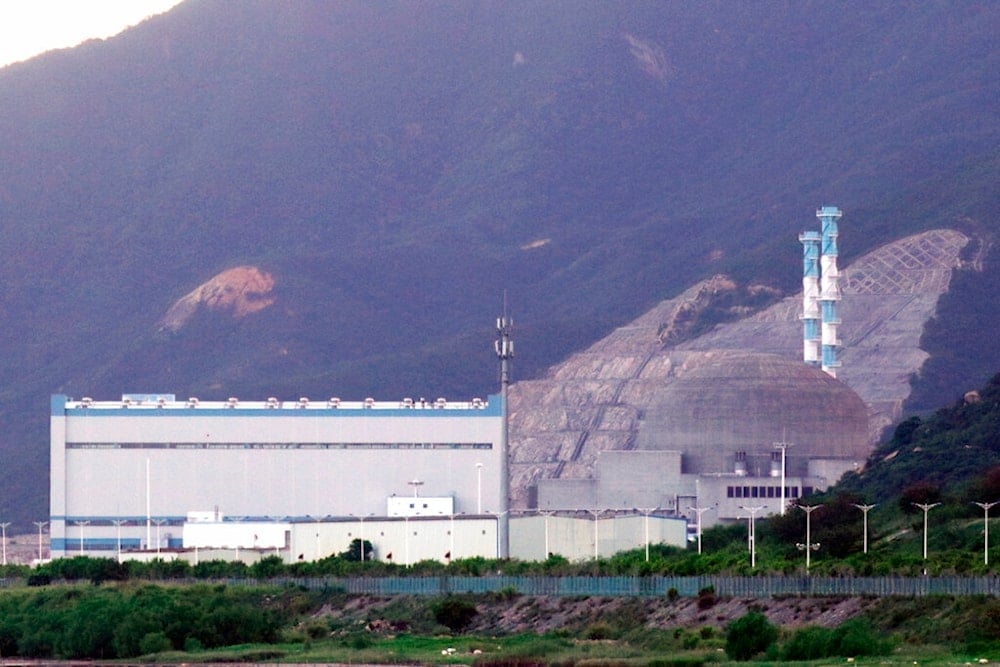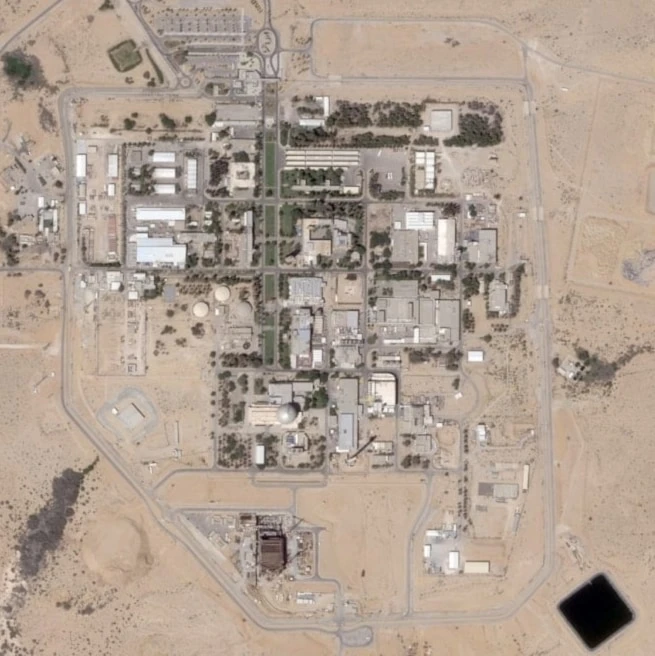China advances fourth-gen gigawatt-level nuclear reactor design
China National Nuclear Corporation (CNNC) reveals the design of the CFR-1000, the nation’s first fourth-generation fast neutron reactor.
-

The Taishan Nuclear Power Plant in Taishan in southern China's Guangdong Province is seen, Thursday, June 17, 2021. (AP)
China’s state-owned nuclear power company has revealed the design for a cutting-edge nuclear reactor, which could represent a significant milestone in the nation’s strategy to advance next-generation nuclear energy technology, the South China Morning Post reported.
China’s first commercial fourth-generation gigawatt-level fast neutron reactor, named the CFR-1000, is currently awaiting approval and is projected to begin operations after 2030.
At a symposium on advanced nuclear energy in Fuzhou on Tuesday, the China National Nuclear Corporation (CNNC) announced that the preliminary design for the reactor, capable of reaching a maximum output of 1.2 gigawatts of electricity, has been finalized.
The symposium took place in Fuzhou, the capital of southeastern Fujian province, where China has constructed a demonstration reactor, with attendance from representatives of the China Atomic Energy Authority and the National Energy Administration.
The following day, the CNNC highlighted the importance of fast reactors in a statement on its website, referencing the symposium and stating, "Fast reactors are a crucial step in China’s ‘three-step’ strategy of nuclear energy development: thermal reactors, fast reactors and fusion reactors."
“After more than a decade of research, exploration, and engineering practice, China has now independently mastered all the core technologies and supporting technologies for large fast reactors, and has formed the world’s most complete fast reactor industry chain," the CNNC added.
Six decades in the making
Currently, the majority of global nuclear power production relies on thermal reactors, which utilize slow neutrons to sustain fission reactions and depend on moderators to slow down the neutrons, with water commonly serving as the cooling medium. In contrast, fast neutron reactors operate using high-energy, unmoderated neutrons to maintain the nuclear fission chain reaction, achieving greater fuel efficiency while also transforming nuclear fuel into reusable fissile material.
China's fast reactor development dates back to the 1960s, with the Russian-built 20 megawatt China Experimental Fast Reactor in Beijing achieving grid connection in 2011.
China has since constructed the CFR-600 demonstration reactor in Xiapu, Fujian province, where the first unit began operating at partial capacity in 2023 as the second unit continues to be built, while the CFR-1000 is expected to begin operating around 2034.
However, the resulting material may contain plutonium-239, which has dual-use potential as both reactor fuel and a component for nuclear weapons, with China's fast reactor program and its reliance on Russian-supplied highly enriched uranium having previously raised concerns among certain US lawmakers.
The Gen IV International Forum, a global framework for fourth-generation nuclear power development that includes China, the US, and the European Union, states that the technology aims to reduce waste, minimize environmental impact, and lower nuclear meltdown risks.

 3 Min Read
3 Min Read








